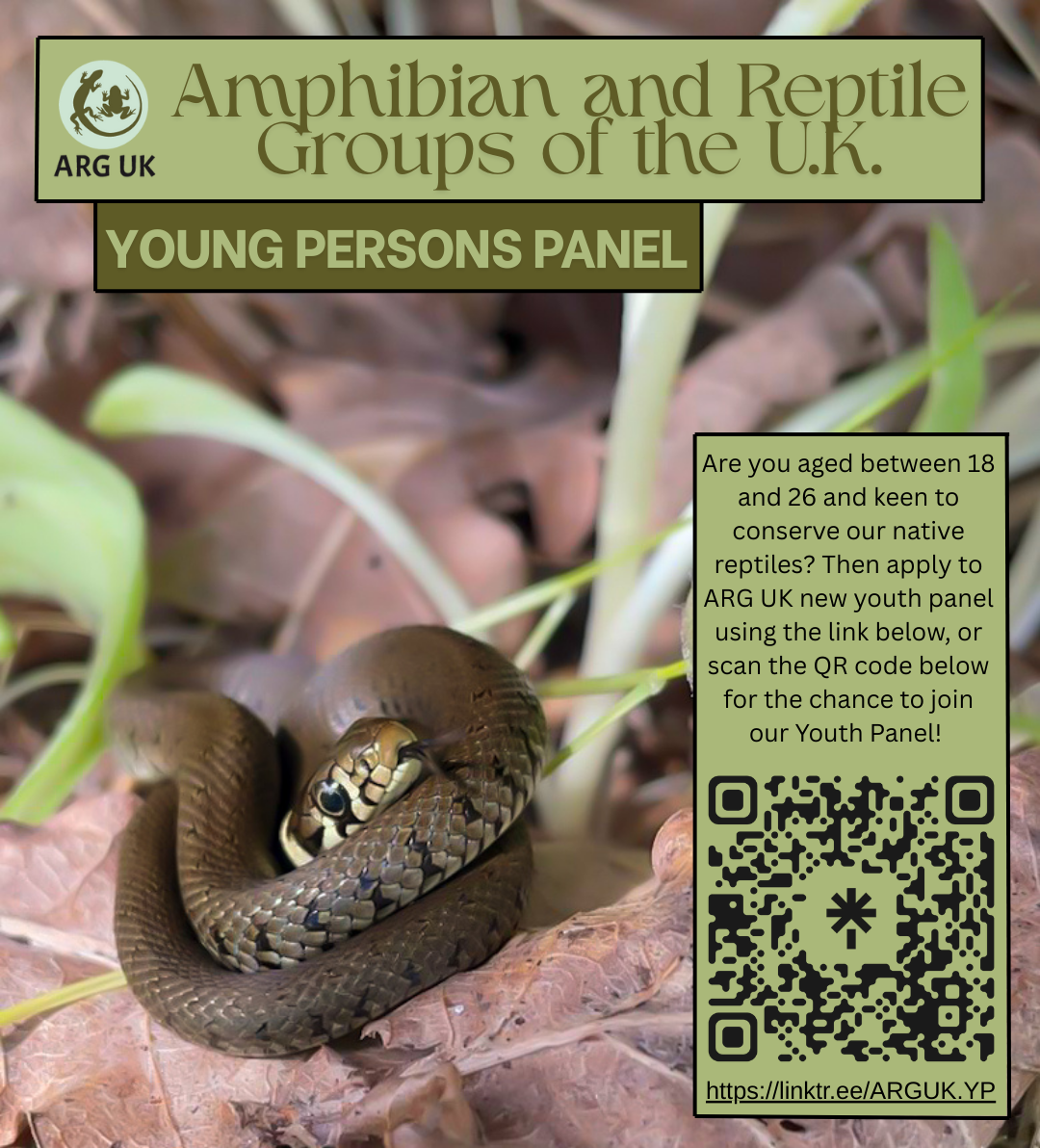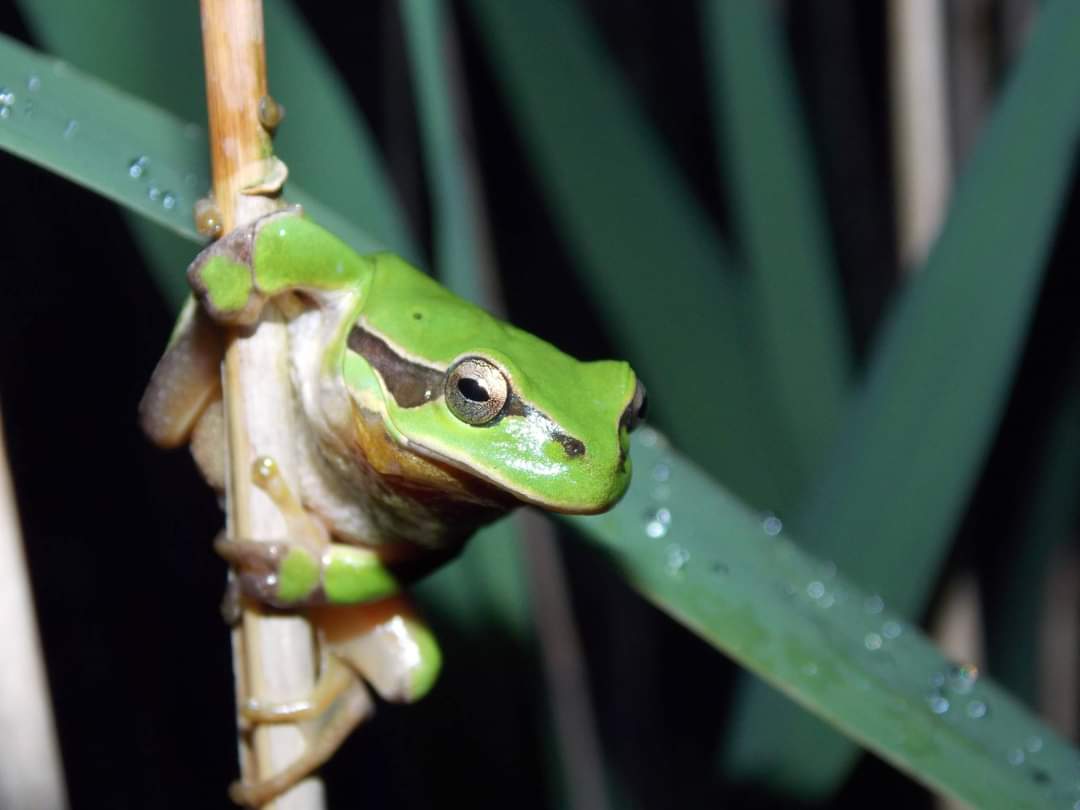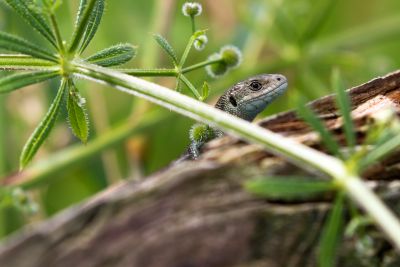The largest of our three native species of newt, growing up to 15 cm in length, great crested newts. Triturus cristatus are easily distinguishable from our smaller newts: the smooth newt Lissotriton vulgaris and the palmate newt L. helveticus as, in addition to their larger size, they are dark brown or black in colour, with a 'warty' skin, and a bright orange underside with contrasting black blotches. In the spring, males develop an impressive jagged crest along their back and tail, and a flashy white stripe along the tail.
Great crested newts are found throughout lowland Britain. They are widely spread across England, and parts of Wales, but have a more restricted range in Scotland. Despite this wide range however, over the last 100 years great crested newts have disappeared from many sites across Britain and Europe, mainly as a result of pond loss and intensive agriculture, and they are now strictly protected under British and European law. By law, it is an offence to: kill, injure, capture or disturb them; damage or destroy key elements of their habitat; and to possess, sell or trade. This law refers to all great crested newt life stages, including eggs.
Habitat Suitability Index (HSI)
In addition to direct survey techniques, for which a relevant (i.e. Natural England, Natural Resources Wales, or Scottish Natural Heritage), license is required, a method for determining whether habitat is suitable for newts has been developed, which is referred to as the Habitat Suitability Index or HSI (Oldham et al., 2000). This has subsequently been modified by Lee Brady for field use by volunteer surveyors. (N.B. the HSI is only a measure of habitat suitability, and not a substitute for surveys for newts).
In general, ponds with high HSI scores are more likely to support great crested newts than those with low scores. Although the system is not sufficiently precise to conclude that any particular pond with a high score will support newts, or that any pond with a low score will not do so, there is a positive correlation between HSI scores and the numbers of great crested newts observed. The relationship is not sufficiently strong, however, to allow for estimations of the numbers of newts in any particular pond.
HSI scoring can be useful in:
- Evaluating the general suitability of a pond, or ponds, for great crested newts;
- Comparing general suitability of ponds across different areas;
- Evaluating the suitability of receptor ponds in a proposed mitigation scheme; and
- Identifying habitat management priorities.
For those wishing to undertake an HSI assessment for great crested newts we have attached a copy of ARGUK advice note 5 - Great Crested Newt Habitat Suitability Index - ARG Advice Note 5. This explains more about the technique and the ten indices used; and how to calculate the HSI score for a pond. It also explains the limitations of the technique. We have also attached the GCN HSI calculator (ARGUK), which will enable you to calculate your final score from the ten indices described.
Reference: Oldham R.S., Keeble J., Swan M.J.S. & Jeffcote M. (2000). Evaluating the suitability of habitat for the Great Crested Newt (Triturus cristatus). Herpetological Journal 10(4), 143-155.




